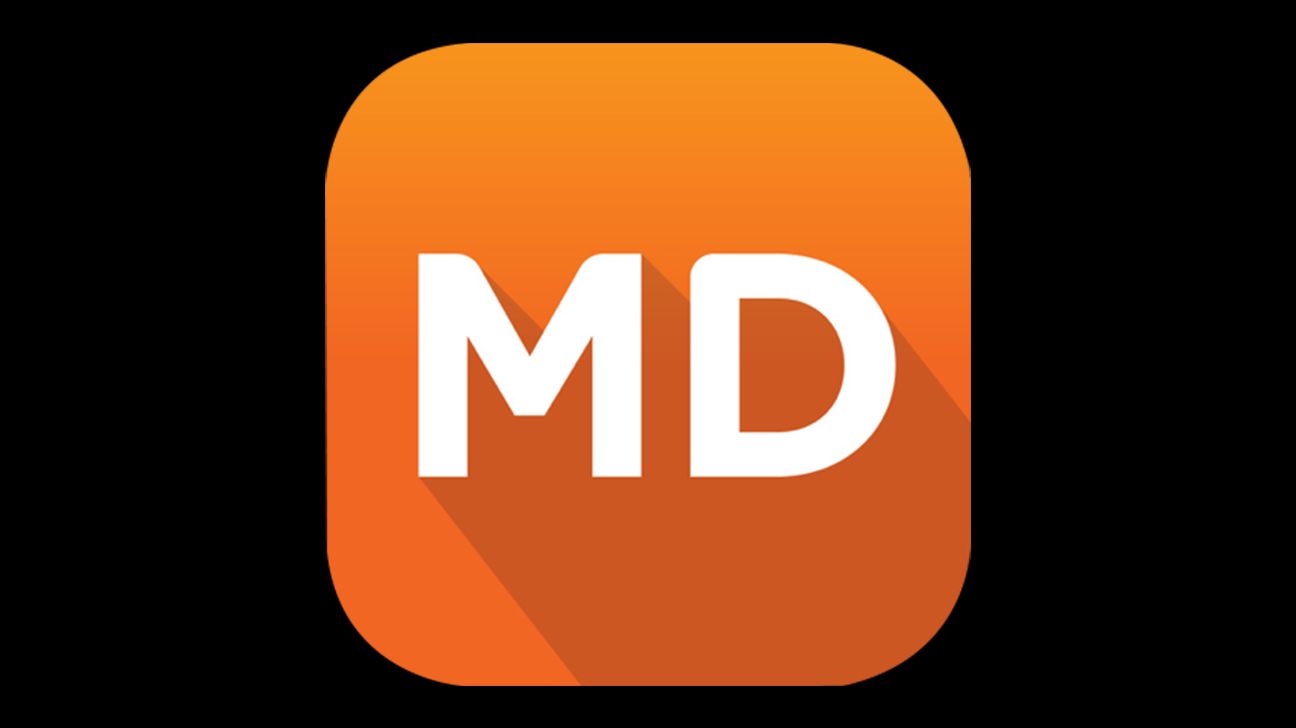We include products we think are useful for our readers. If you buy through links on this page, we may earn a small commission. Here’s our process.
Greatist only shows you brands and products that we stand behind.
Our team thoroughly researches and evaluates the recommendations we make on our site. To establish that the product manufacturers addressed safety and efficacy standards, we:- Evaluate ingredients and composition: Do they have the potential to cause harm?
- Fact-check all health claims: Do they align with the current body of scientific evidence?
- Assess the brand: Does it operate with integrity and adhere to industry best practices?
Need someone to talk with right now — someone who is professionally trained to help you sort your thoughts?
Thanks to a growing number of online options, you no longer have to leave home to find a therapist’s couch. Even better: some online therapy services are actually working with your insurance company to cover the cost of a session.
Here are four options that you may be able to take advantage of.
We identified the following top online therapy services based on:
- whether they accept health insurance
- therapists’ credentials
- format and security of mental health services they provide
Pricing guide
Pricing is based on the price of service without insurance. Your insurance coverage and out-of-pocket cost will vary.
Online therapy pricing may be based on weekly, monthly, or per-session payments.
- $ = under $100
- $$ = $100–$149
- $$$ = $150–$199
- $$$$ = over $200
Amwell
Price: $–$$ per session
Enter your insurance policy information when you sign up to find out if you’re covered.
Format: video sessions on mobile app or website
Good to know: You can choose a licensed therapist with a master’s degree or a PhD. Therapists have telehealth training. If you need more than therapy, Amwell has psychiatrists who can prescribe and manage medications.
Doctor on Demand
Price: $$–$$$ per session
Include your insurance information during registration to check on benefits.
Format: video
Good to know: Licensed therapists are available 7 days a week. Start with an assessment to identify what your mental health care needs are. You can choose your therapist based on their qualifications and specialties. Psychiatrists are available for medication management (at a separate cost).
MDLIVE
Price: $$ per session
Format: phone or video sessions
Good to know: You should be able to get an appointment in a few days. MDLIVE provides background info on providers to help you choose a good match. Psychiatry services are also available.
Talkspace
Price: $$$$ per month for daily responses from your therapist and 0-4 live sessions
Format: text, audio, and video
Good to know: While live therapy sessions are available at an extra cost, Talkspace is rooted in a messaging format. You can message your therapist as much as you want 24/7, and they will respond once or twice per day, Monday through Friday. Talkspace will verify your insurance coverage and help you choose a match. Psychiatry services are available at a separate cost.
Pre-pandemic, some health insurance companies covered in-person therapy sessions but not teletherapy. Then everything changed! Now that we’re actually encouraged to do our medical business from home if possible, insurance companies have modified their coverage of telemedicine.
While some teletherapy apps clearly state that they don’t take insurance, other services accept insurance for both medical and mental health. The best way to figure out your options is to speak with customer service at your insurance company and the teletherapy company of your choice.
In most parts of the United States, face-to-face therapy costs about $100 to $200 per session. In major cities, you might have to pay more than $250 per session. Online therapy can cost less while also saving you travel time, and it spares you the risk of close contact with other people.
The first step is to contact your insurance company to find out if they’ll cover online therapy.
Consider asking these questions:
- What are my mental health benefits?
- What is my deductible, and has it been met?
- How much of my therapy bill will insurance pay?
- Do I need a mental health diagnosis or other documentation for insurance to pay for therapy?
If one of the services on our list seems like a good fit for you, you can provide them with your insurance information to check for benefits and explain their policies for filing claims on your behalf.
Some therapy services require you to pay upfront and then file the claim with insurance yourself. Try to understand this process from the beginning so you don’t run into any surprises.
Free alternatives
If you can’t afford any of these services, even with insurance, there are still ways to get help in a crisis.
- Call or email the NAMI helpline at 800-950-NAMI (6264) or info@nami.org.
- Try a NAMI Warmline.
- Call or chat online with the National Suicide Prevention Lifeline at 800-273-8255.
- Veterans can call, chat, or text the Veteran’s Crisis Line.
According to the American Psychological Association (APA), online therapy is an acceptable alternative to in-person therapy. The APA also stated support for telehealth services to reduce the spread of COVID-19 in a policy statement on the mental health impact of the pandemic.
A 2017 paper summarized the findings of more than a decade of research about online and telephone mental health services. Researchers found evidence to support these advantages:
- Teletherapy is comparable in quality to traditional therapy, and patients and therapists are satisfied with the process.
- Teletherapy is more accessible to people in rural and underserved communities.
- Online therapy is more efficient and of higher quality for treatment of ADHD, and costs less than in-person therapy.
- A 2014 review of literature found online mental health services improved accessibility, reduced costs, were flexible and easy to personalize, and facilitated interactivity between clients and therapists.
As the use of online mental health services explodes post-2020, there will undoubtedly be more research into its benefits and challenges.
Compared to in-person therapy, online therapy provides a lot more flexibility and convenience when it comes to scheduling and managing appointments. However, since therapy is one of the more important personal services you will purchase, you want to make sure going the online route is really going to be a good fit.
Consider the following when deciding if online therapy is right for you:
- Licensing. Look for an explicit guarantee that the therapist you will work with is licensed and qualified. The services we listed do use licensed professionals, but others may not.
- Location. You need to work with a therapist who is licensed in the state where you live. When you receive virtual services, the therapist could be (virtually) anywhere. The service should verify that you’re matched with someone who can legally work with you in your state. Ask for your potential therapist’s credentials and license number if it’s not provided upfront.
- Cost. Know what it will cost you out of pocket and whether your insurance company will be billed or reimburse you. Both your insurance company and the teletherapy company should be able to explain that to you before you accept services.
- Privacy. Look for confirmation that your information will be kept private. Privacy is fundamental to a therapist-client relationship, but virtual services may make it feel like your private thoughts are flying across the web all willy-nilly. Your service should be able to confirm that they are HIPAA compliant and that your information is protected on their messaging and video platforms.
Getting therapy without shedding your jammies sounds pretty sweet, especially if your mood makes it hard to do most things. As convenient as teletherapy is, it isn’t always smooth sailing. Here are the choppy waters you might face with online therapy.
Bad connection
You just never know when your internet might be glitchy or that fancy new telehealth app will be overwhelmed by new users and crash. It happens, and it can blow a therapy session. Glitches happen in real life, too: You could hit unexpected traffic on the way to your therapist’s office.
No vibes
A traditional therapy setting allows you and the professional to engage with each other in non-verbal ways, through body language and eye contact. Even video sessions can still feel awkward because you aren’t t really face-to-face.
Text-only or phone sessions leave you with even fewer ways to connect. For some people that’s a bonus. If you feel too shy or vulnerable to sit down with a therapist, online therapy could give you the distance you need to open up.
Also, therapists who are really on their telemedicine game are aware of this disconnection and can compensate to make you more comfortable.
No privacy
If you live in a small space with other people, finding a private spot to talk might be tough. Before you hide in a closet for therapy, consider other options.
Schedule therapy for a time when your partner can keep the kids occupied elsewhere or your roommates are busy. You may even be able to schedule therapy really early in the morning or late in the evening if those times are more private for you.
If privacy is a concern:
- Take a walk. No, you don’t necessarily want to expose your soul to your neighbors, but right now not many people are out and about. If there is a safe place for you to stroll and be distanced, it could be a good time for therapy.
- Go for a (pretend) drive. Maybe you aren’t using your car much these days, but it may work as a pretty comfortable, private extra “room.” Driving while you chat is totally not recommended, but you can sit in the driveway and recline your seat for a treat.
Maybe you can’t go anywhere right now, but that doesn’t mean you can’t find therapy. There are many options for online therapy, some of which accept insurance.
We’ve broken down what you need to know about online therapy and insurance and where to start doing research. You can use the sites listed above to set up an account and find out how you can talk with someone soon, and check if your insurance company will pay for it.
If you have an existing in-person relationship with a therapist you would like to speak to virtually, check with them and your insurance company to see if teletherapy services are covered.
Rules for insurance coverage are changing often during the pandemic, so it’s a good idea to check with your provider and insurance company for the latest updates.






